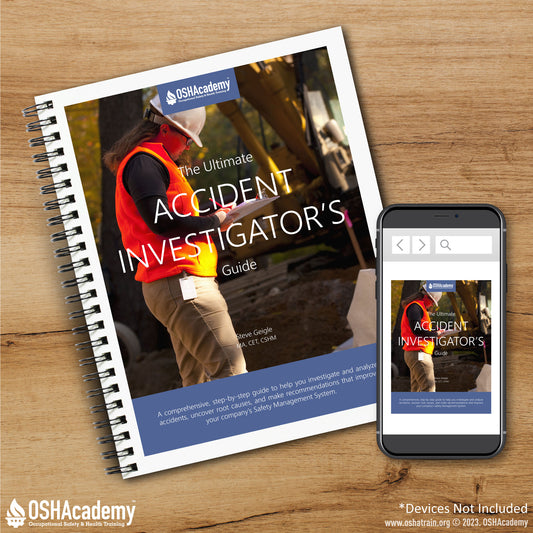
Coal Miner Cardiovascular Health
Share
By: Samantha Matsumura
Most research in the United States has focused primarily on respiratory illness rather than cardiovascular risks. This is the case when it comes to cardiovascular health of miners because little information is known. Possible mining-related risk factors for cardiovascular disease include:
- Particulate matter
- Carbon monoxide
- Noise
- Vibration
- Temperature extremes
- Shift work
- Personal risk factors
All of these potential factors can put miners at an increased risk for poor cardiovascular health. In 2015, the National Institute for Occupational Safety and Health (NIOSH) conducted a study to examine two risk factors of cardiovascular disease. The research examined blood pressure (BP) and obesity among 1,402 miners.
It was revealed that among these coal miners was a higher range than expected for the U.S. adult population. Roughly, 8 out of 10 coal miners blood pressure indicated prehypertension or hypertension and 9 out of 10 were either overweight or obese.
Statistics – 1,402 participants
- 94% primarily male
- 93% white, 94% non-Hispanic
- Age range: 15-88 years (Median age: 54)
- 46% BP prehypertension, 31% BP hypertension
- 87% coal miners overweight (35%) or obese (52%)
The study’s findings reveal that interventions are needed to improve cardiovascular health of coal miners. Early detection and treatment can prevent cardiovascular events such as strokes or heart attacks.
There are existing prevention programs such as the NIOSH Enhanced Coal Workers’ Health Surveillance Program. Please see more information about this program in the below paragraph. If you are aware of other cardiovascular disease prevention efforts for miners, please share them in the comments section.
NIOSH offers health screenings for free for coal miners through the Enhanced Coal Workers' Health Surveillance Program. Services include: radiographic exams, blood pressure screenings, health history questionnaires, lung function testing, and cardiovascular risk factors assessment.



